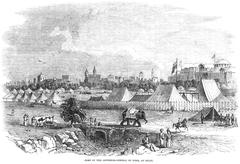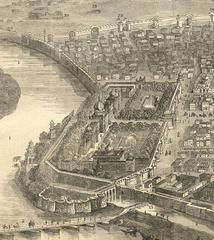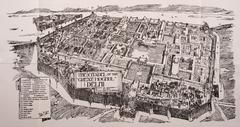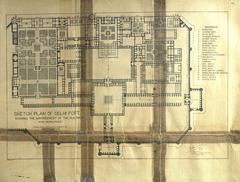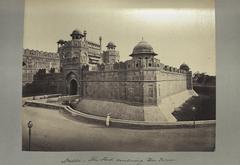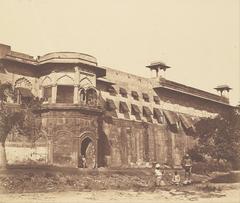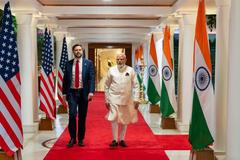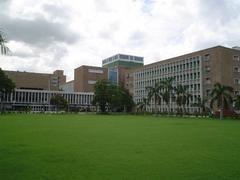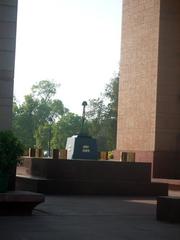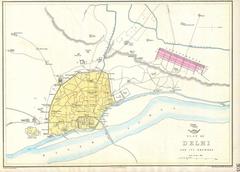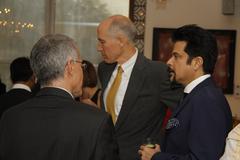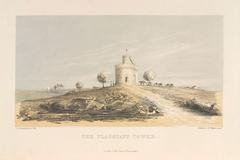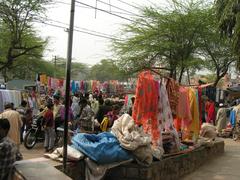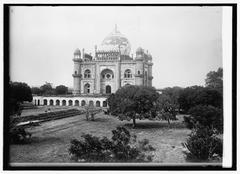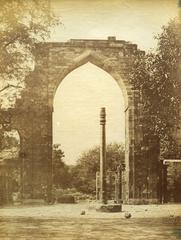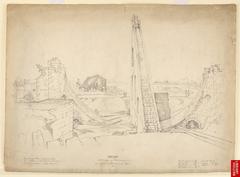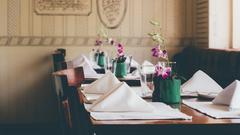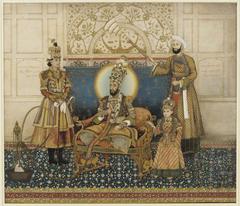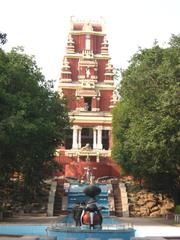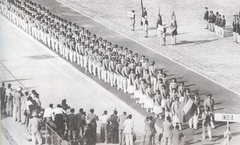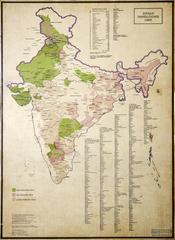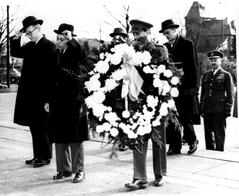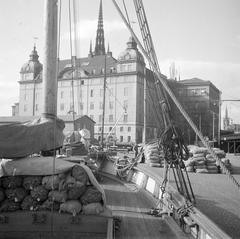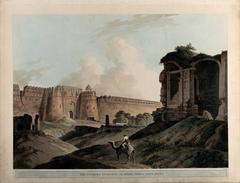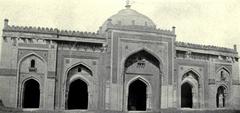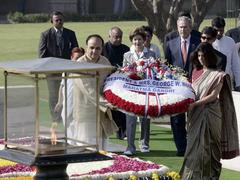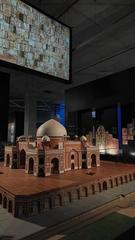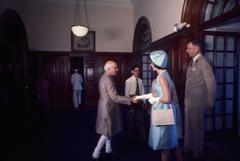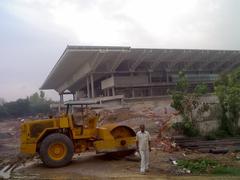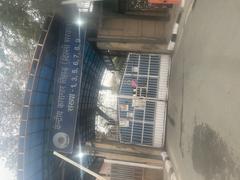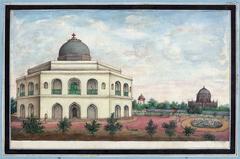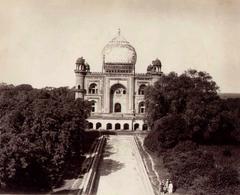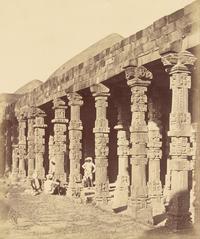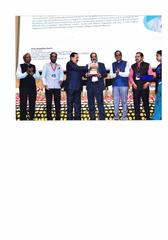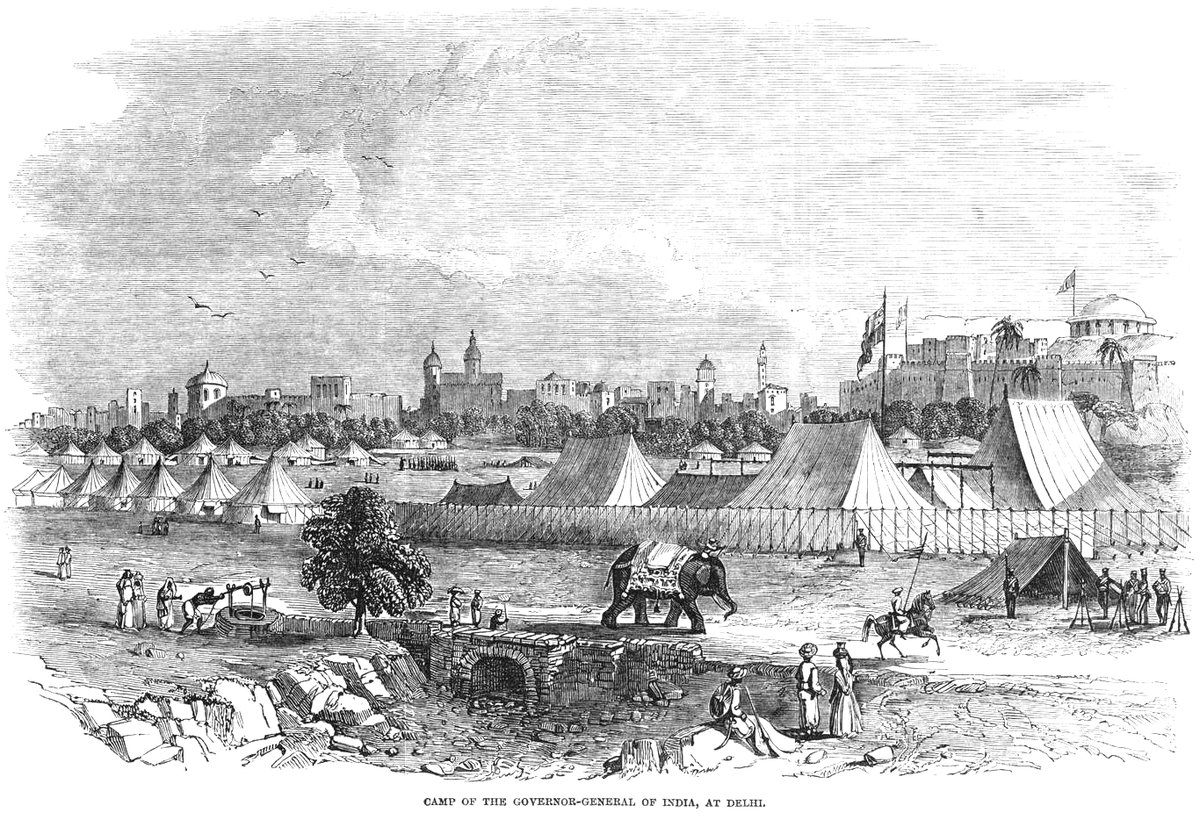
Comprehensive Guide to Visiting Red Fort, New Delhi, India
Date: 16/07/2024
Introduction
The Red Fort, also known as Lal Qila, is one of the most iconic historical landmarks in New Delhi, India. Commissioned by Mughal Emperor Shah Jahan in 1638, the fort was completed in 1648, symbolizing India’s rich cultural heritage and architectural brilliance. Designed by Ustad Ahmad Lahauri, who also designed the Taj Mahal, the fort showcases a blend of Persian, Timurid, and Indian architectural styles (Cultural India). Spanning 254.67 acres, the Red Fort is enveloped by formidable red sandstone walls stretching nearly 3 kilometers (Indian Culture). It served as the main residence of the Mughal emperors for almost 200 years until British colonial rule began in 1857 (Britannica). Today, it is a historical monument and a site of national significance, where India’s Prime Minister hoists the national flag every Independence Day (Wikipedia).
Table of Contents
- [Historical Background](#historical-backgroundhistorical-background)
- [Construction and Architectural Design](#construction-and-architectural-designconstruction-and-architectural-design)
- [Historical Significance](#historical-significancehistorical-significance)
- [The British Era and Post-Independence](#the-british-era-and-post-independencethe-british-era-and-post-independence)
- [Architectural Features](#architectural-featuresarchitectural-features)
- [Gates and Walls](#gates-and-wallsgates-and-walls)
- [Diwan-i-Aam and Diwan-i-Khas](#diwan-i-aam-and-diwan-i-khasdiwan-i-aam-and-diwan-i-khas)
- [Rang Mahal and Moti Masjid](#rang-mahal-and-moti-masjidrang-mahal-and-moti-masjid)
- [Museums and Cultural Significance](#museums-and-cultural-significancemuseums-and-cultural-significance)
- [Restoration and Preservation](#restoration-and-preservationrestoration-and-preservation)
- [Visitor Information](#visitor-informationvisitor-information)
- [Red Fort Visiting Hours](#red-fort-visiting-hoursred-fort-visiting-hours)
- [Accessibility and Tips](#accessibility-and-tipsaccessibility-and-tips)
- [Nearby Attractions and Photographic Spots](#nearby-attractions-and-photographic-spotsnearby-attractions-and-photographic-spots)
- [FAQs](#faqsfaqs)
- [Conclusion](#conclusionconclusion)
- [References](#referencesreferences)
Historical Background
Construction and Architectural Design
The Red Fort was commissioned by Mughal Emperor Shah Jahan in 1638 when he decided to shift his capital from Agra to Delhi. The fort was completed in 1648, taking approximately ten years. Designed by Ustad Ahmad Lahauri, the architect of the Taj Mahal, the Red Fort is built using red sandstone, giving it its distinctive color and name. It covers 254.67 acres and is surrounded by a 2.41 km long defensive wall. The architecture blends Persian, Timurid, and Indian traditions, reflecting the Mughal architectural ethos (Cultural India, Indian Culture).
Historical Significance
The Red Fort served as the main residence of the Mughal emperors for nearly 200 years, until British colonial rule began in 1857. It was the political and ceremonial center of the Mughal state, symbolizing the might and grandeur of the Mughal Empire. The fort complex includes significant structures like the Diwan-i-Aam (Hall of Public Audience), Diwan-i-Khas (Hall of Private Audience), Rang Mahal (Painted Palace), and Moti Masjid (Pearl Mosque) (Britannica).
The British Era and Post-Independence
During the British colonial period, the Red Fort was used as a military camp. The British demolished many internal structures to make space for their barracks. Despite this, the fort remained a symbol of Indian sovereignty and resistance against colonial rule. Its significance was further cemented when, on August 15, 1947, India’s first Prime Minister, Jawaharlal Nehru, hoisted the Indian tricolor flag at the Lahori Gate, marking the country’s independence from British rule (Wikipedia).
Architectural Features
Gates and Walls
The Red Fort is characterized by its massive red sandstone walls, nearly 3 km long and varying in height from 18 meters on the river side to 33 meters on the city side. The fort has two main gates: the Lahori Gate and the Delhi Gate. The Lahori Gate, the main entrance, is named after the city of Lahore, now in Pakistan. The Delhi Gate was used by the emperor for ceremonial purposes (Cultural India).
Diwan-i-Aam and Diwan-i-Khas
The Diwan-i-Aam (Hall of Public Audience) is where the emperor would address the public and hear grievances. It is a large hall with a flat roof supported by a series of arches. The Diwan-i-Khas (Hall of Private Audience) is a smaller, more ornate hall where the emperor met with courtiers and state guests. The ceiling of the Diwan-i-Khas was originally inlaid with silver and gold, later looted by the British (Trip101).
Rang Mahal and Moti Masjid
The Rang Mahal (Painted Palace) was the residence of the emperor’s wives and mistresses, known for its beautiful, colorful interiors and a central marble basin once filled with rose water. The Moti Masjid (Pearl Mosque) is a small, private mosque built by Emperor Aurangzeb for his personal use. It is made entirely of white marble and is an excellent example of Mughal architecture (Cultural India).
Museums and Cultural Significance
Today, the Red Fort houses several museums that showcase India’s rich history and cultural heritage. These include the Indian War Memorial Museum, the Subhash Chandra Bose Museum, and the Museum of 1857, among others. These museums display artifacts, weapons, and memorabilia from India’s struggle for independence (Indian Culture).
The Red Fort continues to be a site of national importance. Every year on Independence Day, the Prime Minister of India hoists the national flag and delivers a speech from the ramparts of the fort, reaffirming its enduring significance in India’s political and cultural landscape (Cultural India).
Restoration and Preservation
The Archaeological Survey of India (ASI) took over the management of the Red Fort in 2003. Extensive restoration and preservation efforts have been undertaken to maintain the fort’s structural integrity and historical authenticity. In 2007, the Red Fort was designated a UNESCO World Heritage Site, recognizing its outstanding universal value and the need for its protection for future generations (Indian Culture).
Visitor Information
Red Fort Visiting Hours
The Red Fort is open to visitors from Tuesday to Sunday, with Monday being a closed day. The visiting hours are from sunrise to sunset. The entry fee for foreign tourists is 950 INR (approximately 14 USD), and there are additional charges for video recording. Photography is allowed without any extra charge (Trip101).
For a more immersive experience, visitors can attend the Light and Sound Show held in the evenings, which narrates the history of the Red Fort and the Mughal Empire. The show is available in both English and Hindi, and tickets can be booked in advance (Trip101).
Accessibility and Tips
The Red Fort is wheelchair accessible, making it convenient for visitors with special needs. It is advisable to hire a guide to gain a deeper understanding of the fort’s history and significance. Visitors should also be cautious of scammers and ensure they are dropped off at the main gate, Lahori Gate, to avoid unnecessary walking (Trip101).
Nearby Attractions and Photographic Spots
Visitors to the Red Fort can also explore nearby attractions such as Chandni Chowk, Jama Masjid, and Raj Ghat. Popular photographic spots within the fort include the Diwan-i-Aam, Diwan-i-Khas, and the beautiful gardens surrounding the structures.
FAQs
What are the best times to visit the Red Fort? The best times to visit the Red Fort are during the cooler months from October to March. Early mornings and late afternoons are ideal to avoid the heat and crowds.
How much does it cost to enter the Red Fort? The entry fee for foreign tourists is 950 INR (approximately 14 USD), while Indian citizens are charged a lower fee. Additional charges apply for video recording.
Is the Red Fort wheelchair accessible? Yes, the Red Fort is wheelchair accessible, making it convenient for visitors with special needs.
Conclusion
The Red Fort in New Delhi is a monumental testament to India’s historical and architectural grandeur. Its construction under Emperor Shah Jahan and subsequent historical events have cemented its place as a symbol of Indian sovereignty and cultural richness. The fort’s impressive architectural features, such as the Diwan-i-Aam, Diwan-i-Khas, Rang Mahal, and Moti Masjid, along with its extensive gardens and water features, exemplify the advanced design and aesthetic sensibilities of the Mughal era (Cultural India). Preservation efforts by the Archaeological Survey of India and its designation as a UNESCO World Heritage Site have ensured that the Red Fort remains a well-maintained historical site for future generations (Indian Culture). A visit to the Red Fort offers not just a glimpse into India’s past but also an enriching cultural experience, making it a must-visit destination for any traveler to New Delhi. For more information and travel tips, consider downloading our mobile app Audiala or following us on social media.
References
- Cultural India. Discovering the Forts of India: Red Fort - Enduring Symbol of India’s Sovereignty and Architectural Brilliance. Retrieved from Cultural India
- Indian Culture. Discovering the Forts of India: Red Fort - Enduring Symbol of India’s Sovereignty and Architectural Brilliance. Retrieved from Indian Culture
- Britannica. Red Fort. Retrieved from Britannica
- Wikipedia. Red Fort. Retrieved from Wikipedia
- Trip101. Red Fort Delhi - A Historical Guide. Retrieved from Trip101
- The Travel. What to See at Red Fort Delhi, India. Retrieved from The Travel
- Culture Trip. Red Fort - A Walk Through History. Retrieved from Culture Trip
- Jaypee Hotels. Get to Know All the Essential Details About Delhi’s Red Fort Before Your Visit. Retrieved from Jaypee Hotels
- Travel Pleasing. Red Fort New Delhi Travel Guide. Retrieved from Travel Pleasing
